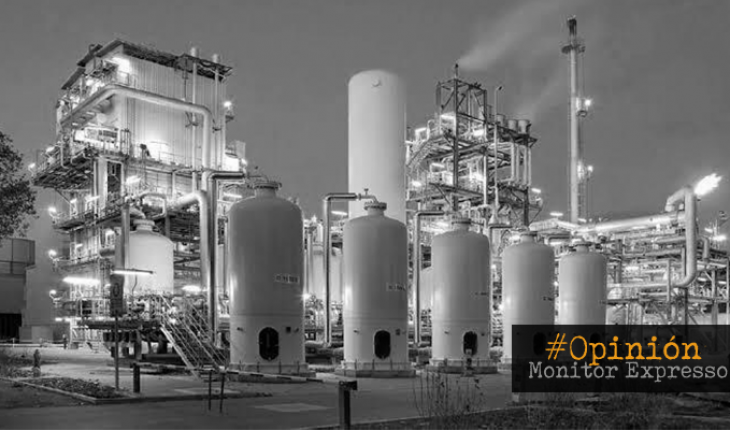The case of “forgotten” hydrogen.
By: Teresa Da Cunha Lopes
A brief comparative commentary between Mexico’s and France’s strategic priorities for transitioning to a new energy paradigm.
The most abundant element in the universe, hydrogen, is an energy resource commonly used in the industrial sector in gaseous or liquid form.
It can be produced using renewable energies that have the peculiarity of being easily storeable: characteristics that make it today an asset for our energy transition.
Active, totally forgotten in Mexico.
Even if it is a technology that is still a bit expensive, all experts expect the use of hydrogen to increase worldwide in the coming years, particularly in the energy sectors for industrial production and transport,
“Eager “to lose another economic and environmental opportunity, the Mexican government has “decided” not to formalize the place that hydrogen will occupy in the Mexican energy landscape in the coming decades. Conversely, he has pronounced himself, with iron political will, by strengthening the paradigm of the first half of the last century: by production based on fossil raw materials.
In the antipodes of Mexican energy policy, the French government has launched a national plan for the development of Hydrogen as an instrument for a “green” policy in the transport sector.
The Macron government intends hydrogen to be used to improve the catastrophic carbon footprint of the transport sector (by road, but also by rail and by river). The French national hydrogen plan envisages the deployment of 100 charging stations for hydrogen vehicles by 2023 (against twenty today). This measure aims to stimulate sales of electric fuel cell vehicles to reach a fleet of 5,000 units in circulation, even by 2023. A longer-term goal is to build a national fleet of light commercial hydrogen vehicles of 20,000 to 50,000 units, powered by a network of 400 to 1,000 charging stations, by 2028.
But, this is not the only measure for an energy plan to use hydrogen as an alternative source of energy production. The French government wants this goal to be achieved through the use of water electrolysis, a technique that involves breaking down water molecules into hydrogen using an electric current. This technique would allow to assess the surplus of renewable electricity produced during periods of low consumption. To this end, Macron’s government announced that some of the funds mobilized for the hydrogen plan will be used to deploy electrolysers. At first, these electrolysers will be placed near small industrial sites, which already consume hydrogen. The goal is to make these facilities quickly profitable and allow these industrial plants to move towards the hydrogen self-consumption ( democratizer).
This is a model national plan from which we could withdraw lessons, rather than being tied to the obsession with “oil/carbon” that seems to be the current paradigm of Mexican energy authorities, a paradigm that goes against the principles internationally adapted for energy transition but which seems to be a bad copy of Trump’s energy policy disguised in a cardenist “nationalist” nostalgia narrative.
The opinions expressed in the columns are the sole responsibility of those who subscribe to them and do not necessarily represent the thought or editorial line of Monitor Expresso.
translated from Spanish: The Case of Hydrogen “Forgotten” by Teresa Da Cunha Lopes
May 30, 2020 |





